Share This
From the rolling wheat fields that dot the Tuscan landscape to the inviting local restaurants offering up kisir or tabbouleh salads across Turkey, Lebanon, and the Middle East, whole grains have shaped Mediterranean cuisine for centuries.
Until steel roller milling became widespread in the late 19th century, Mediterranean people ate grains in their whole grain form, as it was too expensive and labor intensive to remove the nutritious bran and germ. In the decades that followed, nutrition experts began to understand that a cuisine based around whole grains has tremendous health benefits. Research consistently shows that switching to whole grains can significantly improve cholesterol, blood sugar control, and inflammation. People who eat more whole grains are also more likely to live longer and less likely to get digestive cancers or heart disease.
Although wheat – along with grapes and olives—is part of the “trinity” of the Mediterranean Diet, there are a wide variety of delicious whole grains to be found throughout the Mediterranean region. Join us on a tour of Mediterranean whole grains below and delight in the foods and flavors that await!
Greece
In Greece, barley is double baked into hard breads called rusks, or paximadia. These crunchy whole grain biscuits are just as at home in cozy, hole-in-the-wall tavernas as bustling, trendy cafes. Like a no-frills spin on biscotti, barley rusks often softened up with dressings, sauces, wine, or even water. In addition to acting as a crouton of sorts, barley rusks also hold their own on cheese platters or alongside appetizers and dips,or as the base of the ever-popular Dakos—tomatoes, feta cheese, oregano and extra virgin olive oil piled on top of paximadia. Greeks also use corn in a polenta-like porridge called katsamaki, a dish reminiscent of leaner times.
Turkey
Similar to the Middle Eastern dish called tabbouleh, Turkish kisir is an herby grain salad featuring bulgur, which are cracked and parboiled whole wheat pieces. (Cook along with us by viewing the video at the bottom of this page! ) Bulgur is sometimes considered the ‘pasta of the Middle East’ because it is a quick cooking, versatile staple. It can also be found in asure (also called Noah’s pudding), a sweet fruit and whole grain porridge made with beans and nuts. Whole wheat flatbreads, such as lavash or pita, are also popular throughout Turkey and surrounding countries.
Italy
In Italy, coarsely ground whole grain corn is used to make polenta, a versatile dish that can be eaten as a creamy porridge, or baked, boiled, or fried into a sturdier cake. Farro, an ancient variety of wheat, can also be found in some Italian recipes, whether cooked into a porridge, grain salad or a “farrotto,” a whole grain twist on risotto. At specialty pasta stores, we’ve even come across farro pasta.
Egypt
As part of the historic Fertile Crescent, Egypt has a rich history of whole grain foods. One of our favorites is freekeh, whole wheat pieces that have been cracked and roasted offering a signature smoky flavor. Legend has it that freekeh was discovered when an ancient village near Egypt or surrounding areas hurriedly picked young wheat before an attack on their city. Attackers’ fires burned the young wheat, but the result was quite delicious. Today in Egypt you may also come across aish baladi a whole wheat flatbread (similar to pita) that is baked at a very high heat. Because of the bread’s long and storied history, some culinary scholars suspect that aish baladi was originally made with an ancient wheat flour like einkorn flour or spelt flour.
Morocco
Couscous is a staple food in Moroccan cuisine and is popular throughout North Africa as well. Couscous is not a type of grain itself, but rather a tiny pasta made from wheat flour. Look for “whole wheat couscous” or “whole grain couscous” to be sure you’re getting a whole grain. Couscous is typically served alongside stews (like tagine) or vegetable dishes, or as the foundation of grain salads.
Spain
From paella to arroces, rice is the grain of choice in Spain. As prosperity arrived in these regions, whole grain brown rice has largely been replaced by refined white rice. However, these dishes are just as delicious (if not more so!) when made the traditional way, with whole grain brown rice. Because of the outer bran, brown rice is less likely to clump together during cooking. This is especially advantageous for dishes like paella, where the grains should be distinct and separate, rather than starchy or sticky.
Have you ever wondered how Mediterranean dishes taste so delicious and elegant using just a few simple ingredients? The key is that each ingredient needs to pack a flavor punch, and the grain components are no exception. Using whole grains, you can add a more robust, nutty flavor to your dishes that beautifully compliment other Mediterranean ingredients. Look for the Whole Grain Stamp on food packages to be sure you’re getting a whole grain product.
Start your morning with a cinnamon scented whole grain porridge or a bowl of Greek yogurt with fruit and granola. Pack a whole wheat pasta salad or an herby tabbouleh for lunch. For dinner, stuff peppers with halloumi, chickpea, bulgur, and herbs, or cook up a special whole grain risotto. The Mediterranean Diet is filled with endless inspiration for getting more whole grains on your table!
Want biweekly Med Diet information and recipes in your Inbox? Sign up for our Fresh Fridays newsletter by clicking the Subscribe button at the bottom of this page!
Join the Make Every Day Mediterranean Club Facebook group for additional information and support.

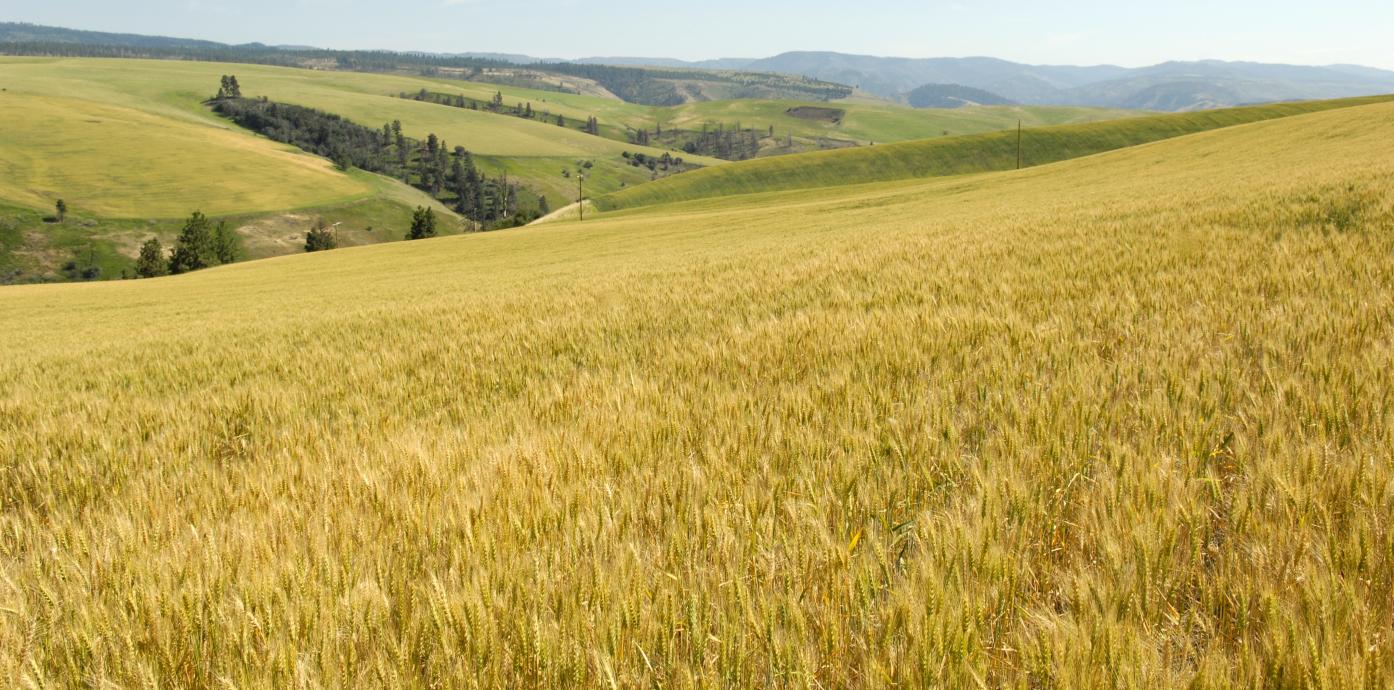
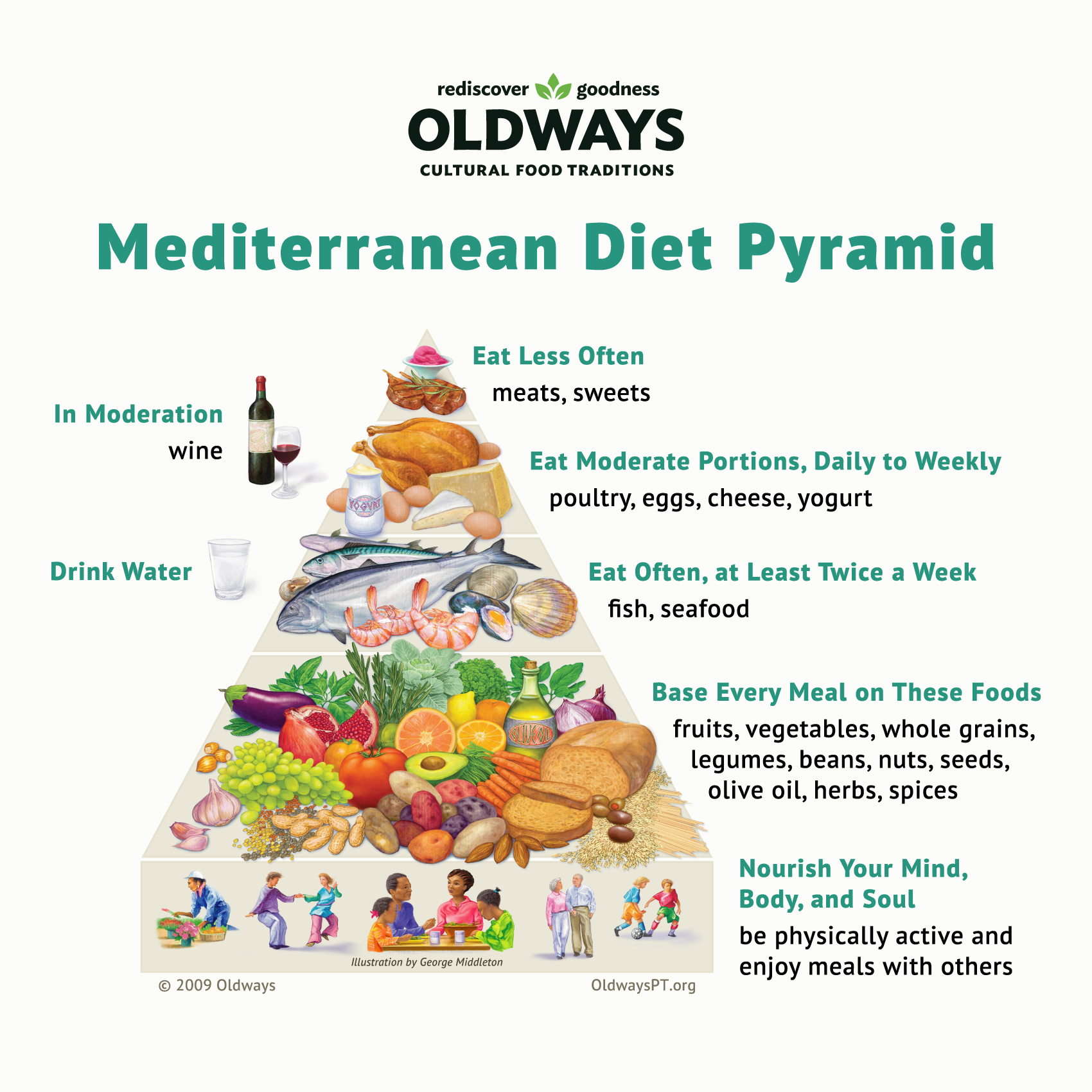
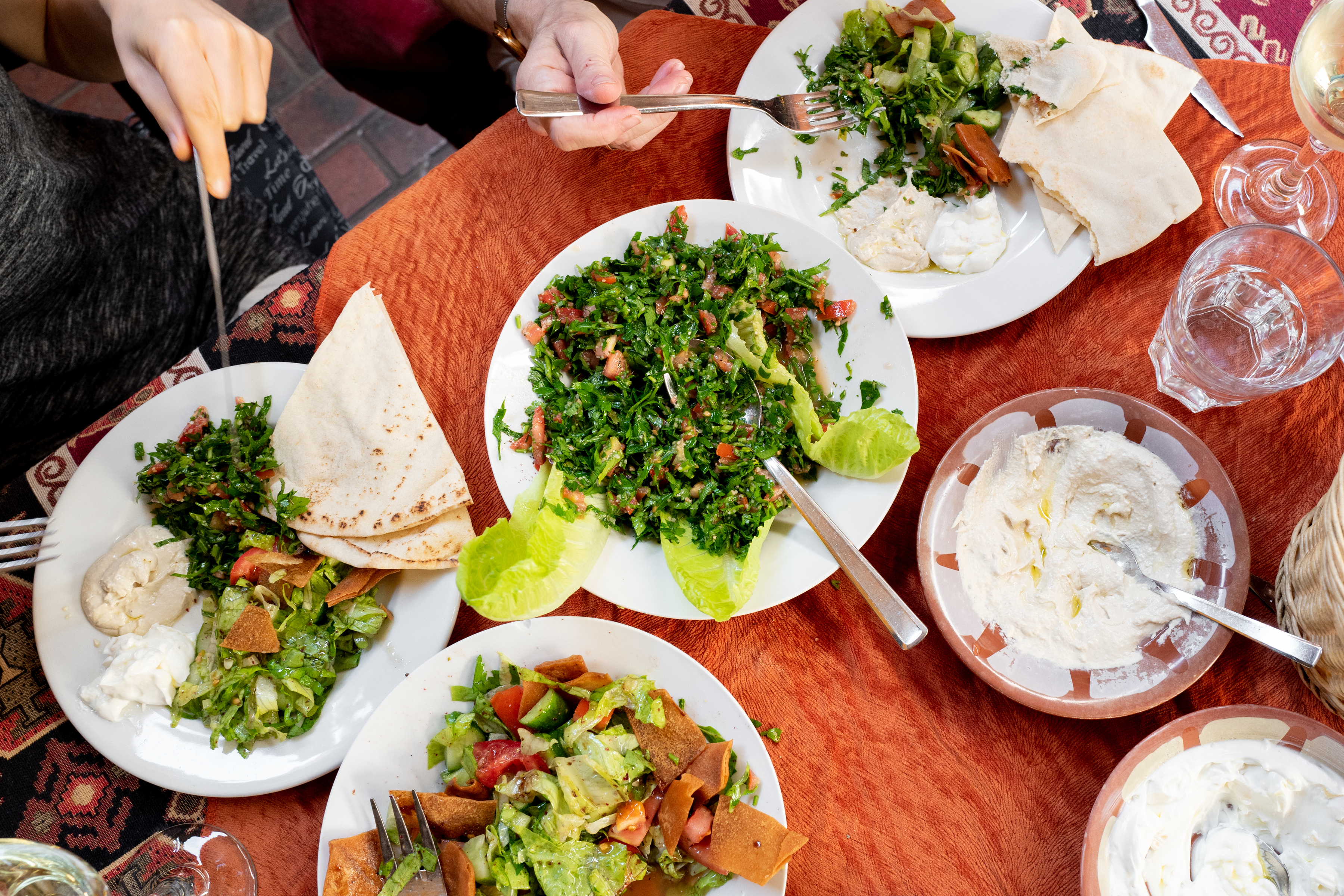
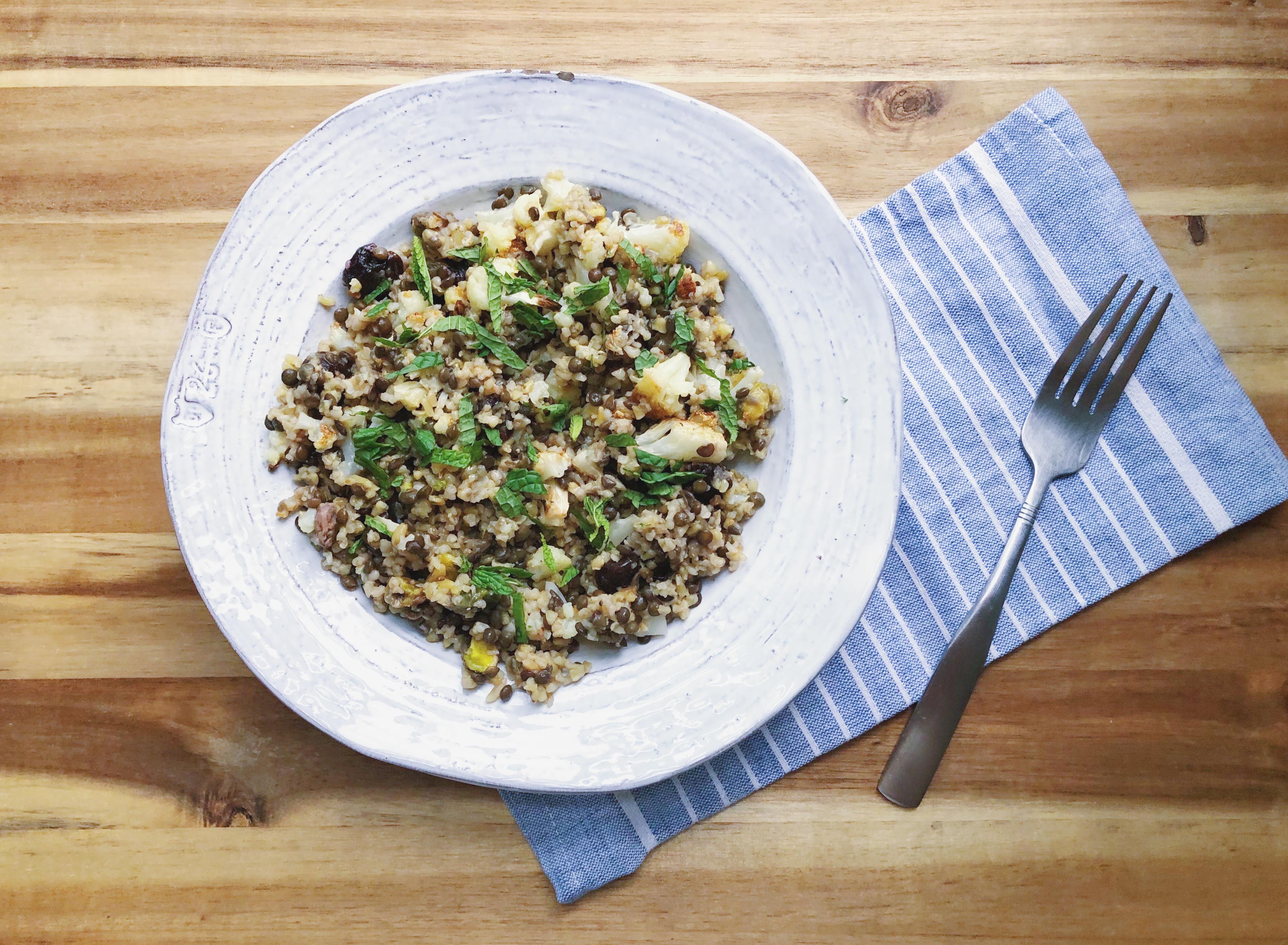
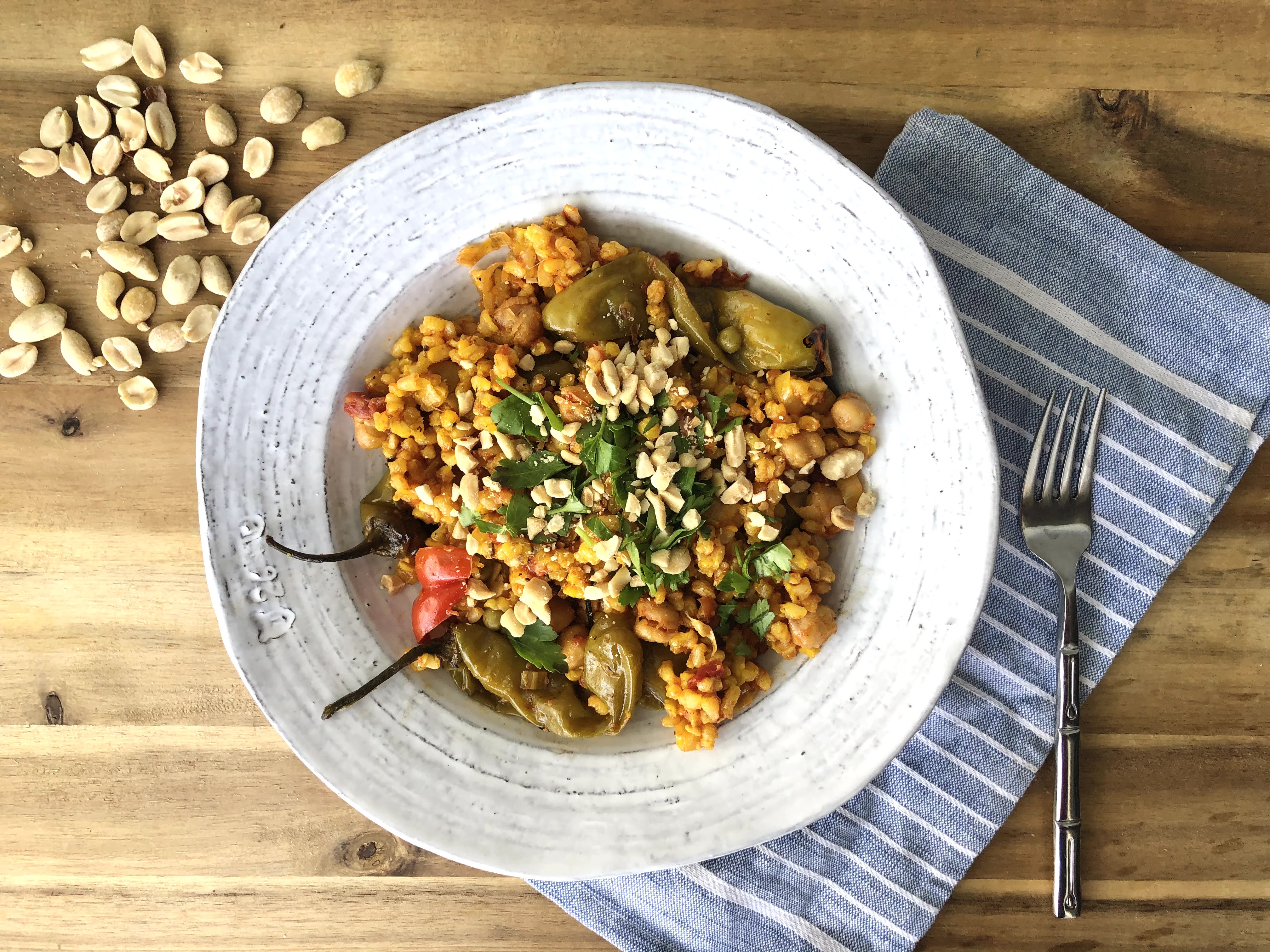
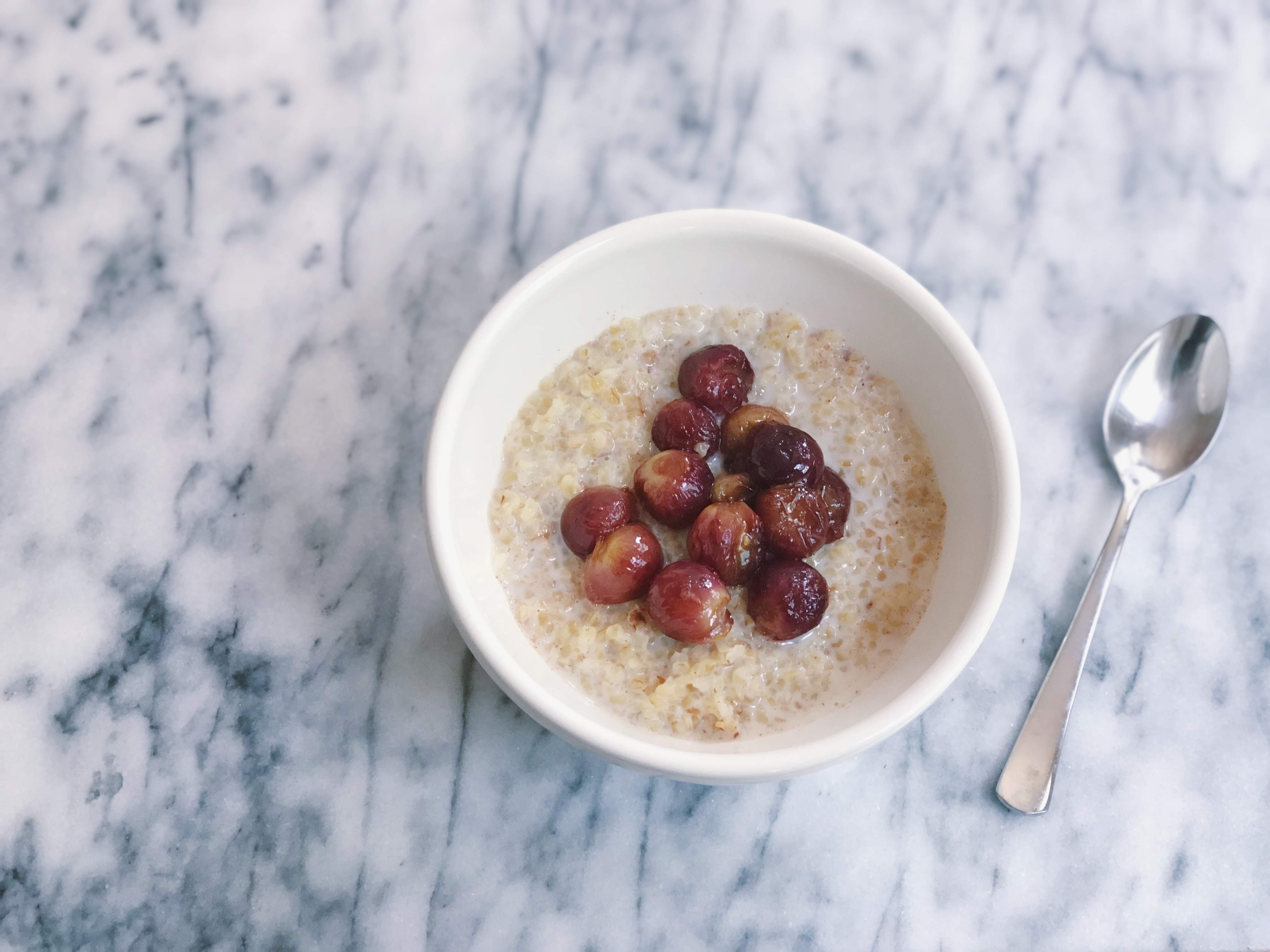
Add a Comment